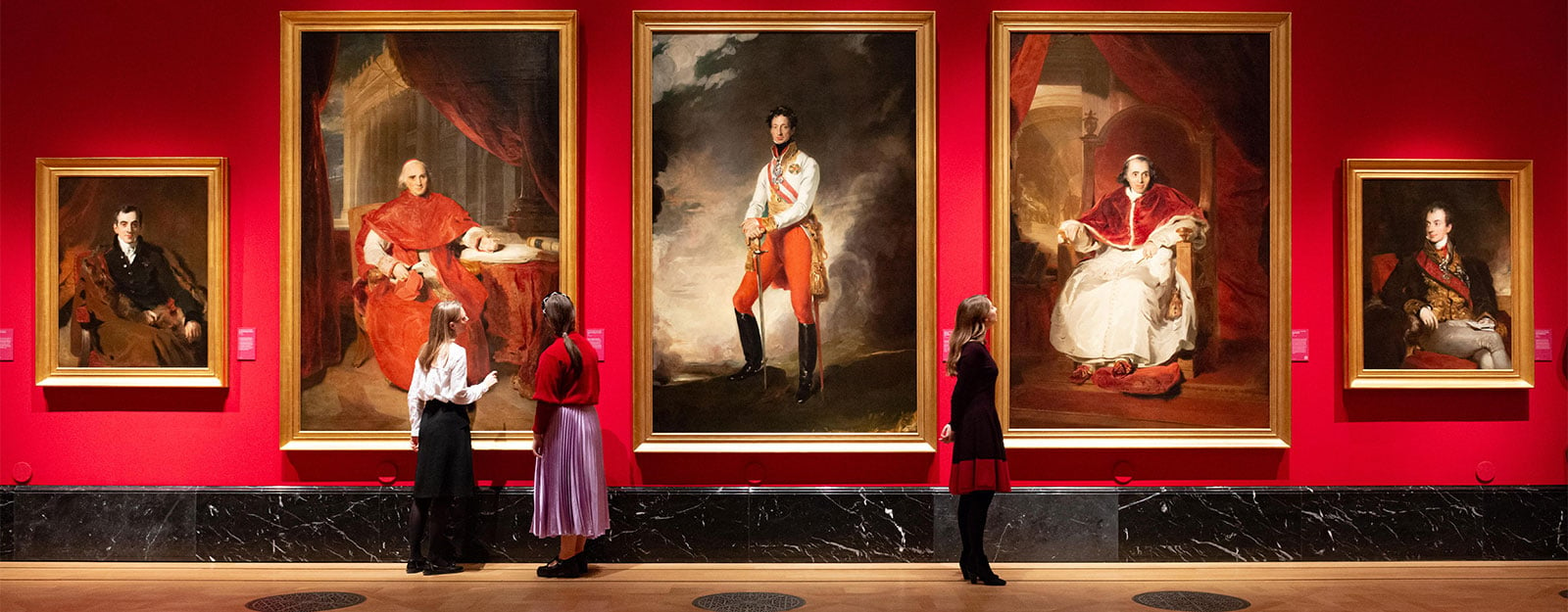
About the Collection
Learn more about the Royal Collection, one of the most important art collections in the world.
Science and exploration
Science & Agriculture
Primarily consisting of material gathered by George III for his private libraries at Windsor and Kew, the Royal Library contains an interesting range of material on science and agricultural matters.
Some of these texts contain annotations by the King himself, such as The Improved Culture of Three Principal Grasses…, a 1775 work exploring the benefits of different grass species in agriculture.
Natural history, botany & horticulture
Several monarchs have had a considerable interest in the sciences, and this is reflected in the Royal Library’s collection of works on natural history, botany and horticulture. While some of these volumes were collected by George III, further additions, both of historic and contemporary material, were made during the reign of Queen Victoria and continue today.
Most notable among this collection are the four double-elephant folio volumes of John James Audubon’s The Birds of America (1827–35) which contain magnificent life-size hand-coloured plates, as well as 41 volumes of John Gould’s magnificent work on the birds of the world (1837–83).
Travel & Exploration
The Royal Family is exceptionally well travelled. The Royal Library contains numerous works on national and international travel, exploration and discovery. There is a small collection of these at Windsor, with a larger selection forming part of King Edward VII’s library at Sandringham House. Both collections range from railway guide books to accounts of scientific and exploratory voyages.
Among the most important of these is the “mock-turtle soup” copy of Aurora Australis (1908–9), the first book ever printed in Antarctica. It was probably presented to King Edward VII in 1909 by Ernest Shackleton.
Geography & Topography
Complementing the section on travel, the Royal Library contains many topographical and geographical works with a particular emphasis on British topography and atlases dating from the late-sixteenth to the mid-nineteenth century.
One of the most notable of these is Christopher Saxton’s Atlas of England and Wales (1579), the first complete atlas of England and Wales which bears a lavish handcoloured
title page depicting Elizabeth I enthroned.







